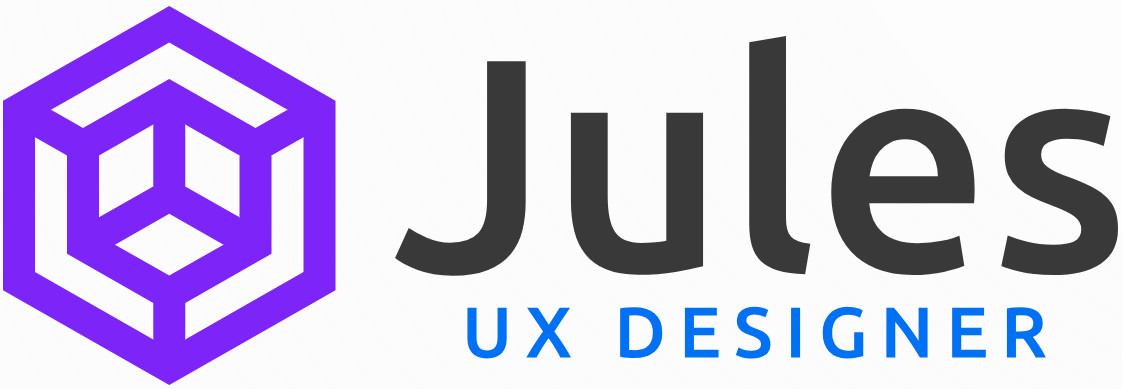
Story
In today’s rapidly evolving business landscape, expansion into new markets is no longer just an opportunity; it’s a strategic imperative. With shifting consumer behaviors, evolving retail landscapes, and economic uncertainties, businesses must leverage precise data to make informed decisions.
The company underwent a significant transformation after buying a smaller company specializing in retail market data. After some discussions with key stakeholders, we identified some business opportunities by integrating their expertise in retail market data into a new tool within our platform. The goal was to empower customers to identify trends in their sales data and plan marketing strategies accordingly.
My role
I was one of the two UX designers on the team, which allowed us to collaborate on complex UX problems and manage the workload. I was responsible for conducting evaluative research, socializing findings with key stakeholders, ensuring we aligned with existing artifacts and design system best practices, and working on the design discovery to achieve the first publicly available build of the revenue optimizer tool.
I collaborated with a multidisciplinary team, including product managers, full-stack engineers, QA Testers, and data specialists. Sometimes, this involved proposing new design system updates and ensuring we introduced consistent, research-based patterns.
Challenges
1. A reactive and non-agile collaboration process.
The team often worked in a reactive mode, which made it challenging to anticipate blockers or prioritize effectively. Communication usually happened only after problems occurred rather than proactively during planning, and agreements often shifted at the last minute. Unclear timelines kept pushing meaningful UX discussions until later, so it became evident that improving visibility across product, engineering, and design was critical to consistently delivering value.
2. Lack of a clear product roadmap.
The absence of a well-defined roadmap made it challenging to align priorities across the solution space. Development work moved forward based on stakeholder requests or quick wins rather than leveraging long-term vision. Without a strategic framework, team morale and ownership were affected, and dependencies with other tools in the platform were also more complex to manage.
3. Limited access to customer feedback.
The team had minimal opportunities to engage directly with end-users, mainly because only certain people could do so. Most feedback came secondhand from account managers or support teams, often missing critical nuance. Understanding user intent or uncovering unmet needs was challenging, so the team had to make decisions based on internal expectations rather than real customer behavior. Without reliable insights, prioritization became more guesswork than strategy.
4. Tool teams tended to work on silos.
Minimal interaction between tool teams within the same solution space led to inconsistent experiences, duplicated effort, and friction when aligning shared patterns or components. Nobody had full knowledge of the most recent work without consistent collaboration, preventing them from consistently updating and adopting the design system; some teams even lacked consideration for broader platform impacts. Connecting these teams became a priority to streamline the product development lifecycle and offer valuable experiences.
Solutions
1. Implemented a phased approach to an agile workflow.
I introduced a phased rollout of agile practices tailored to the team’s comfort level and goals. To build momentum, the plan began with lean ceremonies, like weekly standups and retros. Tools such as kanban boards with prioritized backlogs helped improve transparency and task ownership while also being able to start estimating work based on its complexity rather than being too focused on delivery time. These changes enabled better forecasting and a more proactive approach to problem-solving. Eventually, we could consistently adopt sprints for all areas involved in the team (Engineering, product, and UX) and document requirements.
2. Started new design critiques for cross-team collaboration.
To break silos and foster collaboration, I started scheduling bi-weekly design critique sessions with designers from other tools. These sessions provided a safe space to review patterns, exchange feedback, and align on shared components. They also created visibility into how different teams interpreted the design system. It also helped newer designers understand platform-level decisions and constraints, which raised the quality of design output across the platform.
3. Research plans considered moderated and unmoderated sessions.
I crafted a research strategy to gather actionable feedback that blended moderated interviews with unmoderated usability tests. The goal was to allow us to validate assumptions quickly while staying aligned with business timelines. The people permitted by the company primarily conducted moderated sessions, but we were able to collaborate more on the research plan and actionable deliverables from that effort. I led the addition of self-performed research with unmoderated tests, which I or other UX designers could manage in the solution space. By documenting findings and making sure to share them across teams, we were able to influence both short-term iterations and long-term strategy.
4. Design discovery of the tool.
I began with early design discovery workshops to better understand user needs, pain points, and technical constraints. From there, I socialized low-fidelity wireframes to explore the experience from different entry points. The process emphasized reusing design system components while allowing room for tool-specific needs. Design artifacts were shared regularly during design critiques to gather feedback and align with consistent patterns.
Outcomes
- Teams in my solution space had a solid understanding of how their work impacted other tools.
- My team’s stakeholders started to adopt agile methodologies and ceremonies.
- While the team lacked a mid- to long-term roadmap, work was becoming easier to measure and align with business goals.
- Released the MVP of the tool with an overall positive customer reaction.